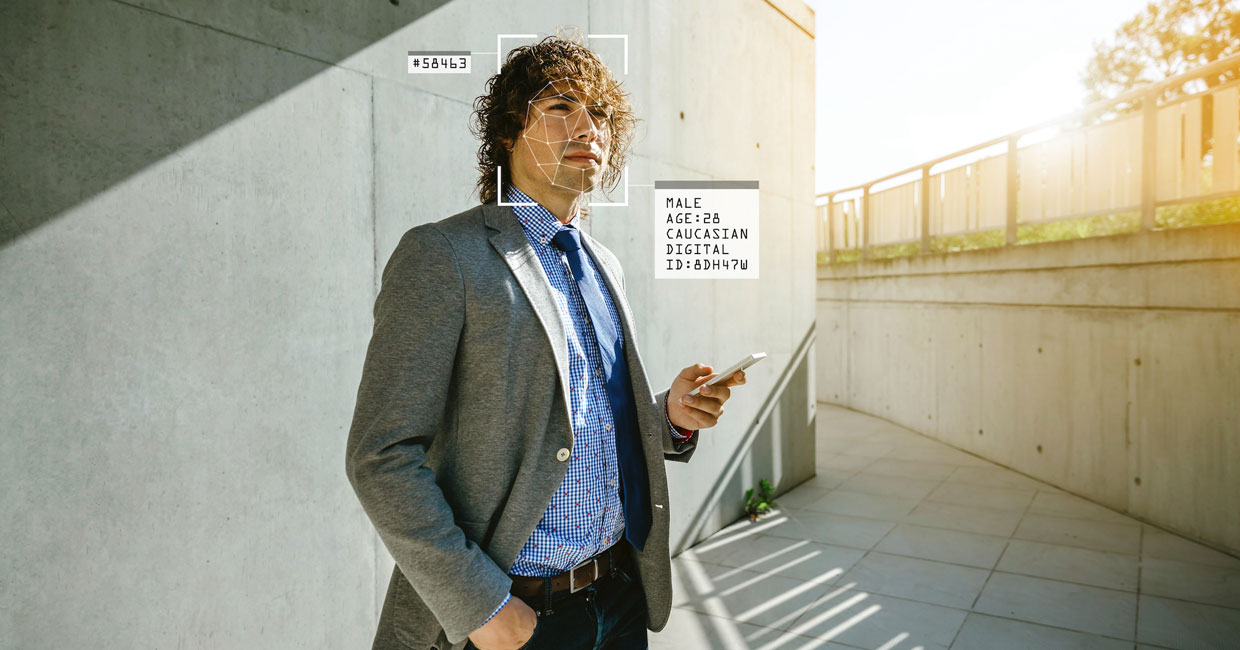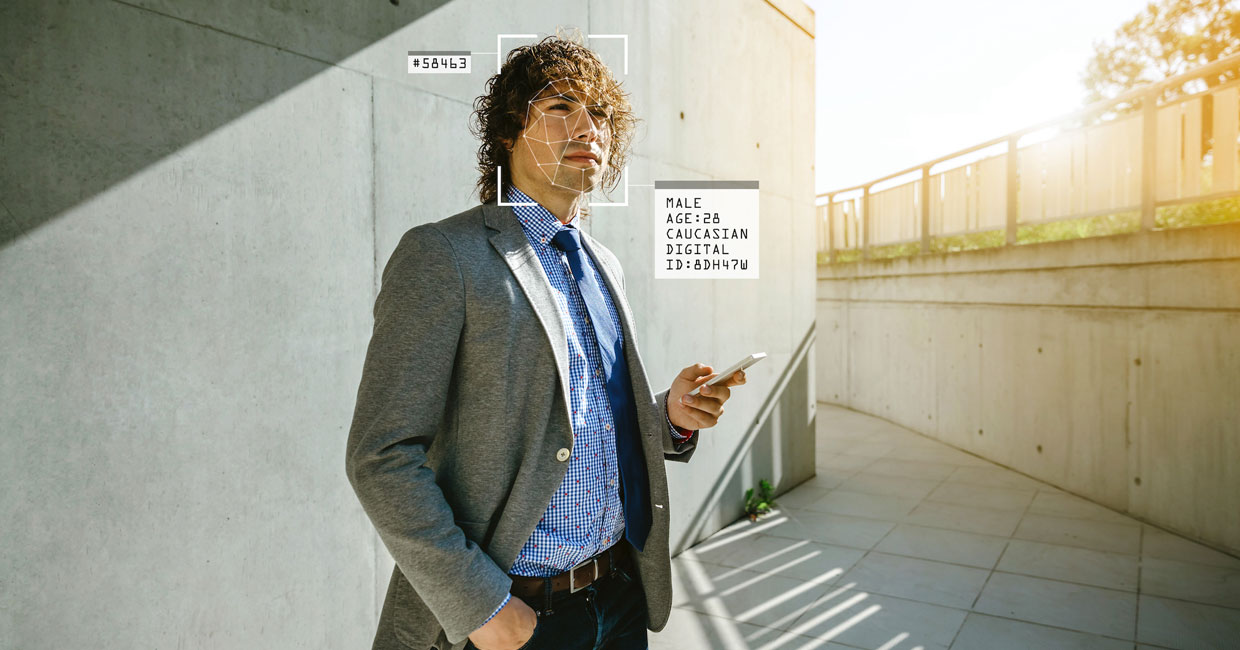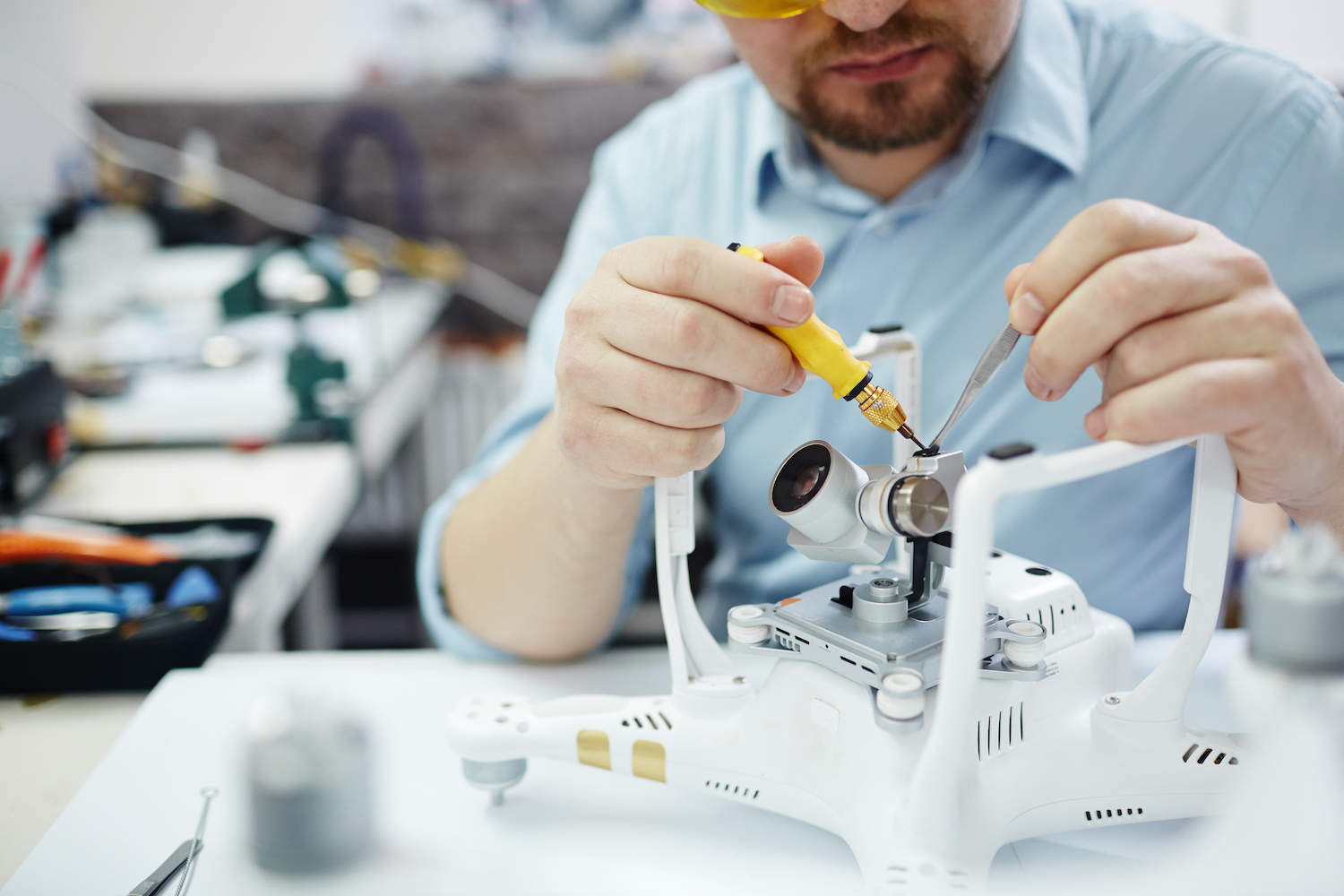

On Sunday, November 13th, a terrorist attack in Istanbul left citizens shaken.
With our parent company and many of our colleagues – not to mention friends and family – based in Istanbul, this attack hits close to home. Fortunately, no one we know was harmed but the aftermath was still tragic: six people were found dead, and 81 others were injured.
Immediately after the incident, law enforcement took 21 suspects into custody. With the help of CCTV and facial recognition technology, police were able to identify the person who had left the bomb quickly.
This is indisputably a cruel act of terrorism. It’s also a sobering example of effective public safety technology in action. With emerging technologies rapidly changing how the government protects and surveils its citizens, we couldn’t help but wonder: what if law enforcement could have caught the terrorist before the bombing even occurred? Before six people lost their lives?
This may sound like the stuff of sci-fi, but we’re not talking about Stephen King-style psychics or Minority Report’s “Precrime” unit.
Public safety technology is increasingly turning to AI, ML, drones, and other novel tools to predict and prevent crime, respond to emergencies, preserve public health, and enhance the quality of life. As such, police and investigative sectors must understand the risks associated with this technology. In most cases, law enforcement implements these technologies with the best intentions. The technology itself, though, gives such institutions unprecedented power, which in turn gives rise to profound ethical concerns around surveilling, controlling, and policing individuals.
Below we explore the four most prominent public safety technologies. These technologies can unite police, people, and government officials, but that’s not all. They also pose risks to the general public that most citizens aren’t quite willing to accept.
Four Types of Public Safety Technology
When it comes to issues concerning the general public’s safety, the use of technology helps law enforcement share more data, more transparently. At least, in theory. For this tech to live up to its promise, law enforcement must undergo training to handle such delicate data and inform the general public as to where their personal information is going.
1. Facial Recognition and Public Safety

Millions use facial recognition daily. Whether it’s to unlock your phone or scan your way onto the metro, this once fantastically futuristic tech has been normalized to make our day-to-day activities more convenient.
So how can facial recognition be used to enhance public safety?
The Istanbul terrorist attack is one example. But counterterrorism isn’t the only thing facial recognition can assist with. Facial recognition connects and learns directly from:
- Social media posts
- News articles
- Information already stored in criminal databases and more.
Facial recognition can support law enforcement in locating criminals of all kinds, from car thieves to active shooters. It allows law enforcement officials to match a criminal in video footage. Law enforcement can then use that footage to locate, recognize, and learn personal information.
2. Predictive Policing
Predictive policing is a form of crime mapping. The main idea is to help law enforcement connect crimes and use those connections to prevent them. With this software, police can observe, plan, and predict potential crimes, allowing them to take preventative actions against criminals.
A great example of predictive policing is the one instance with the Hendersonville police. Law enforcement used AI to stop a set of serial burglaries. Police used predictive policing software to collect video footage and map the criminal’s next burglary.
3. Public Health | Anti-Epidemic Drones
The Coronavirus epidemic posed entirely new health risks to the general public. Throughout 2019-2021, experts developed newer and more specific ways to use technology to prevent the spread of germs and diseases.
Anti-epidemic drones work to protect public health by preventing the spread of in public spaces and more. The drones cannot only report back to law enforcement about large crowds, but they’re also able to:
- Deliver packages through air travel
- Broadcast critical health and safety messages
- Use spray systems to sanitize surfaces
- Integrate thermal cameras to measure body temperatures
Anti-epidemic drones can provide extra protection against the spread of disease in the future. These drones provide the public with safer measures and practices.
4. Response and Recovery Technologies
Response and recovery technologies help protect the public by providing a real-time look into disasters as they are happening. This technology’s software helps prevent and reduce the severity of devastating consequences.
For example, traditional video surveillance proves ineffective during active shooter situations. Rescue and response technology, on the other hand, helps police react quickly and accurately.
With security cameras that work in real-time, police can use this software to identify active shooters. During such an incident, the software can activate previously programmed protocols like automatic door locking or authority alerts. All of this can help to protect people inside the building. Additionally, AI technology can provide law enforcement updates on the shooter’s description and locations, potentially saving hundreds of lives.
Natural disasters can also benefit from rescue and response technology. For example, AI tech can provide real-time data about emerging wildfires using:
- Aircraft support
- Common operating pictures
- Near-real-time fire modeling
Communication is critical when it comes to battling natural disasters. Mountaintop cameras, AVL, and CAD technology can make communication among responders accessible and navigable.
Risks of Public Safety Technology
While these technologies clearly offer significant benefits to government institutions and citizens alike, it’s important to highlight the inherent risks as well. Many risks are similar across the board: it all comes down to protecting citizens’ privacy and the insidious nature of bias (whether intentional or not) in tech design.
Risks of Facial Recognition
![]()
Facial recognition is used much more often in the world today than in the world just five years ago. Many of us easily give away the rights to our facial features. In most cases, the positives outweigh the negatives for this, but there are some instances where facial recognition can have a negative impact on individuals.
When it comes to the regular integration of facial recognition technology into public safety, there are three main risks:
1. Invasion of personal and societal privacy.
Nowadays, when you get a new smartphone, one of the first things you do is decide whether to enable facial recognition. Many people decide not to. This is mainly because it significantly defies societal privacy norms.
The potential threat to privacy is a major downside of facial recognition technology and its use by law enforcement. It’s frustrating and uncomfortable to have your photo collected and stored in a database for some unstated purpose and consumers today are wary of companies that obscure their data usage behind walls of small print.
2. The technology has a genuine flaw.
As a new technology, facial recognition software still grapples with inaccuracies. These systems come with many unintentional biases against race, gender, and other identifying factors.
For example, the technology uses algorithms to match faces to respective victims or criminals. More data is stored on white men than on women or people of color. This means that the algorithms tend to be more accurate when it comes to white men over others because there is more data to draw from.
3. It has the potential to create more instances of fraud.
History has proven that criminals can be extremely adaptive, and outsmarting technology is part of getting away with crimes. Outsmarting facial recognition technology has the potential for some serious risks. One major risk is identity theft. Once personal information is taken, it can be easy to access and use credit cards, bank accounts, and more. Fortunately, measures to prevent such criminal activity are keeping pace. For example, deepfake detectors are also improving.
Risks of Predictive Policing
Predictive policing can be a great tool for analyzing and predicting crimes, but it also has huge risks associated with it. The top three come down to the basics: privacy, accuracy, and accountability.
1. Collecting CCTV footage.
CCTV is everywhere. Collecting this data has the potential for many risks, from accidental data leakage to a lack of professionalism in using this data. But traditional surveillance cameras aren’t the only sources collecting such data.
Social media also plays a huge role in predictive policing. Many individuals forget that all of their shared information and whereabouts are public. What happens in Vegas no longer stays in Vegas once it’s posted online. There aren’t many laws that govern what police and law enforcement do with this data, which prevails to many privacy concerns.
2. Racism, discrimination, and other biases give way to inaccuracies.
In many countries around the world, law enforcement has demonstrated instances of targeting minority groups disproportionately. These biases don’t go away with the use of predictive policing; they actually have the potential to increase it. Armed with AI, biases can become predictions, resulting in excessive policing of minority populations. If left unchecked, such tech can continuously provide false data and reinforce racial assumptions.
3. Accountability
Predictive policing gives more leeway to police and law enforcement. Since the data and analytic processes are automated, it can be more difficult to defend the actions taken. That’s why training law enforcement and holding them accountable for their usage of predictive tech is so important.
Risks of Drones and Public Health
In the past 10 years, drones have raised many questions and concerns about privacy, safety, and individual freedom to explore the skies.
Government officials have had to develop new legislation and determine the possible risks these small, lightweight, flying devices (often equipped with cameras) pose to civilians and institutions alike. Now, the idea that these can be flown to aid in public safety anywhere law enforcement or other organizations wish is bringing the conversation to a whole nother level.
Is Incorporating Technology into Public Safety Worth It?
Adopting emergent technologies in the public safety sector could change how governments protect and serve their citizens immensely.
Integrating technology into policing and investigative measures has the potential to protect citizens from natural disasters, terrorist attacks, active shooter situations, misdemeanor crimes of petty theft, and more.
Government officials and law enforcement agencies worldwide have already begun implementing these technologies. In some cases, they have been largely beneficial to public safety. Although, in others, they have caused more harm than good.
Technology comes with big risks of data infringement, which can make citizens feel violated. Along with that, it has a huge potential to change the way law enforcement takes accountability for their actions, potentially causing more threats of bias, discrimination, and racism. When technology is integrated, from drones to collecting CCTV, personal information is no longer personal. It becomes the property of law enforcement or other government agencies.
For technology to be fair and accepted by society, officials must provide an outline of how this technology is implemented. Guaranteeing the protection of user data, having trained professionals sift through data and recognize any bias that may occur. Overall, the most important aspect of implementing these technologies is education and ensuring that the advancements are used to improve society and protect the general public.

